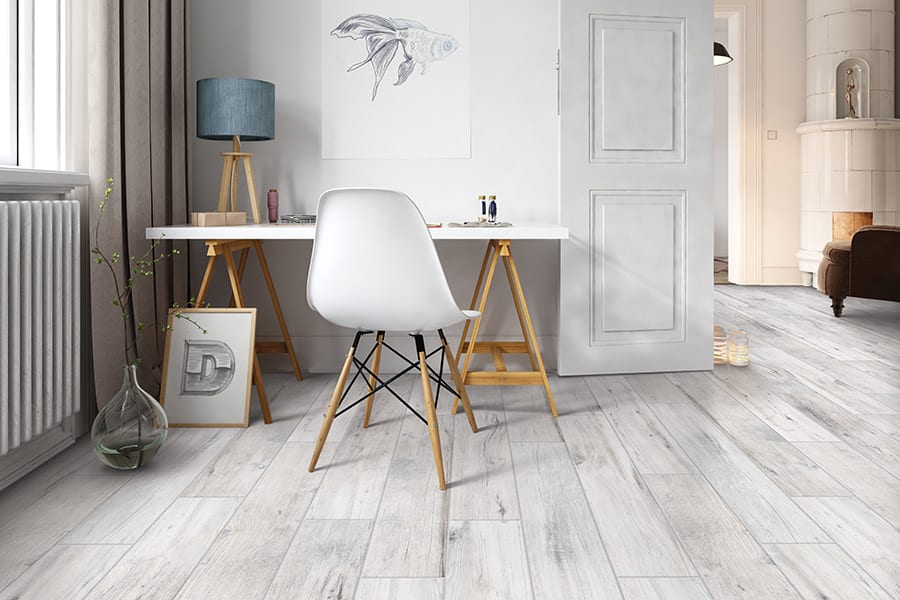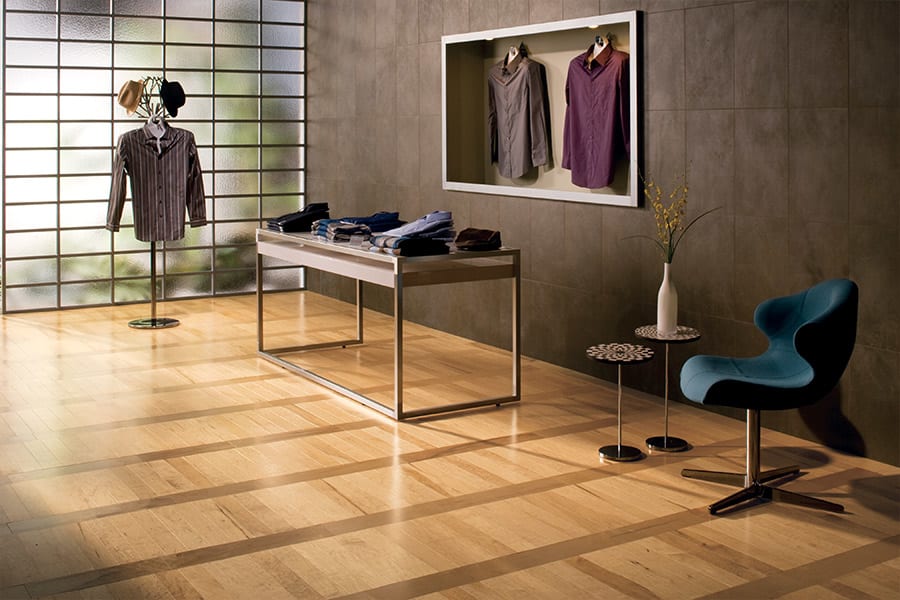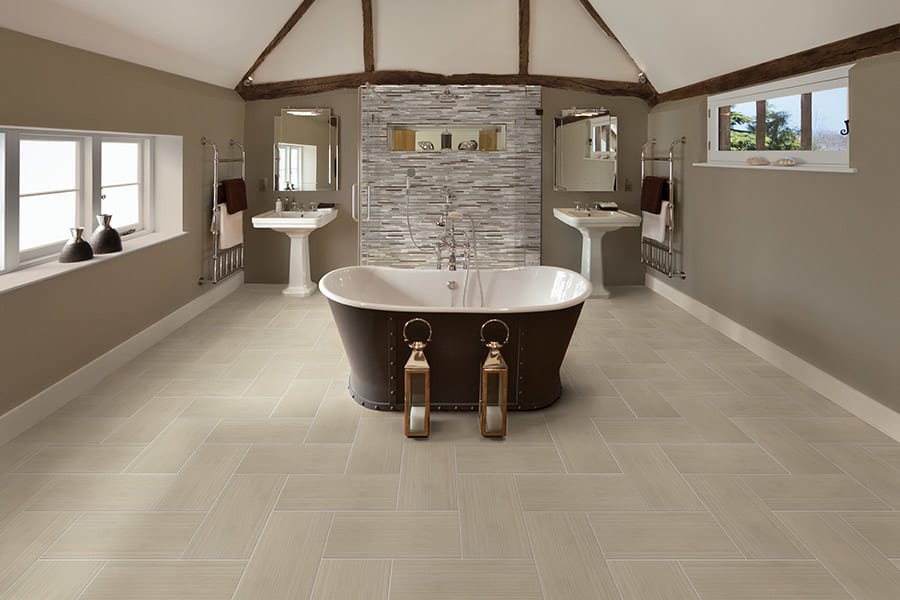Request a free flooring estimate
The difference between ceramic & porcelain
Ceramic & porcelain tile are often thought to be the very same material. It is true, many of the characteristics and attributes of the materials seem the same, but there are enough differences between the two that they are actually different products all together. In fact, one will be more suited to your needs than the other will. The one you choose is really up to your own personal choice, but we will further discuss some of the options to allow you an educated decision.
Rick’s Park N Save has been serving customers for more than 60 years, with a concentrated dedication to customer satisfaction, from our Chillicothe, OH showroom. Over the years, our space has grown, and we are under third generation leadership. However, the determination to provide the best products, with the most affordable prices is still key to our business. From our showroom, we serve the communities of Chillicothe, Circleville, Waverly, Jackson, and Washington Courthouse. We would love the opportunity to serve you as well, and invite you to visit us at your leisure.
Rick’s Park N Save has been serving customers for more than 60 years, with a concentrated dedication to customer satisfaction, from our Chillicothe, OH showroom. Over the years, our space has grown, and we are under third generation leadership. However, the determination to provide the best products, with the most affordable prices is still key to our business. From our showroom, we serve the communities of Chillicothe, Circleville, Waverly, Jackson, and Washington Courthouse. We would love the opportunity to serve you as well, and invite you to visit us at your leisure.
Ceramic & porcelain aren’t the same thing
The clay used to create porcelain is less porous, yet denser than ones used to create ceramic tile. Porcelain also contains a through-body composition that is not only more durable, but can hide chips as well. If you chip a porcelain tile, you’ll find the color you see on top continues on throughout the whole tile.
Porcelain also absorbs less water than ceramic, though only by a small amount. The water absorption rate for porcelain must be, by the American Society for Testing and Materials (ASTM) standards, 0.5% or less. After boiling a tile for five hours and then letting it stand in the water for another 24 hours, the tile is weighed. If the weight change is less a half ounce more, it can safely be considered porcelain.
Ceramic is actually a term given to a product made of natural clay and other natural materials. The overall quality of this tile is determined by specific additives, kiln temperature, and firing duration. Since ceramic is not nearly as dense as porcelain, it should not be used for outdoor applications. In this situation it can be slippery and can absorb enough moisture to crack and split if frozen.
When installing ceramic & porcelain tile, it’s important to utilize a professional service. Mistakes that often happen with DIY installation of this product can send you far over budget otherwise.
Porcelain also absorbs less water than ceramic, though only by a small amount. The water absorption rate for porcelain must be, by the American Society for Testing and Materials (ASTM) standards, 0.5% or less. After boiling a tile for five hours and then letting it stand in the water for another 24 hours, the tile is weighed. If the weight change is less a half ounce more, it can safely be considered porcelain.
Ceramic is actually a term given to a product made of natural clay and other natural materials. The overall quality of this tile is determined by specific additives, kiln temperature, and firing duration. Since ceramic is not nearly as dense as porcelain, it should not be used for outdoor applications. In this situation it can be slippery and can absorb enough moisture to crack and split if frozen.
When installing ceramic & porcelain tile, it’s important to utilize a professional service. Mistakes that often happen with DIY installation of this product can send you far over budget otherwise.














